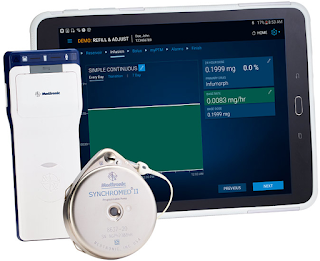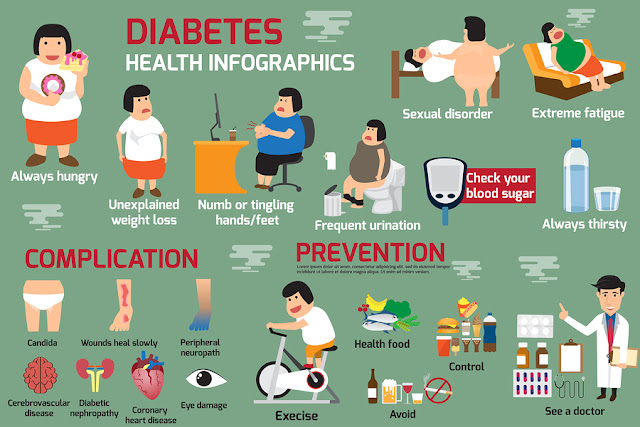Infographic:The Bionics Revolution has Begun
This year marked a turning point for bionic technologies. In March, a dancer who lost her leg in the Boston Marathon bombing returned to the stage on a prosthetic foot and ankle. In June, a paraplegic man made the World Cup’s opening kick using a mind-controlled exoskeleton. The FDA approved the first robotic exoskeleton for home use that same month. Here, we size up standout recent advances in restoring movement to those who’ve lost it.
- IMES System / Illinois Institute of Technology
Implantable myoelectric sensors in muscles that allow a user to signal multiple movements at the same time with an artificial limb. - Neurobridge / Battelle
A brain chip that bypasses damaged nerves to stimulate the muscles of a paralyzed arm, hand, or fingers directly. - Luke Arm / Deka
A prosthetic limb controlled by electrodes at the attachment site and a joystick-like sensor on a user’s shoe. - Lifehand 2 / EPFL (Switzerland) and SSSA (Italy)
A robotic hand that gives a user a sense of touch and the ability to determine if an object is hard or soft, round or square. - ReWalk / ReWalk Robotics
A motorized exoskeleton that assists with movement at the hips, knees, and ankles to help paraplegics stand and walk. - ITAP / Stanmore Implants
A bone implant that provides a stable, irritation-free attachment point for a prosthetic limb. - Pulley-Based Tendon Transfer / Oregon State University
Surgically implanted pulleys that reattach tendons in the hand to undamaged muscles in the wrist to restore some mechanical function. - BiOM T2 System / BiOM
A battery-powered foot and ankle with an internal spring that compresses to absorb impact and releases to propel the foot. - The Cyborg Beast / E-nable
A 3-D–printed plastic hand, mechanically controlled by movement of the wrist or elbow, designed by an open-source community.



Comments
Post a Comment